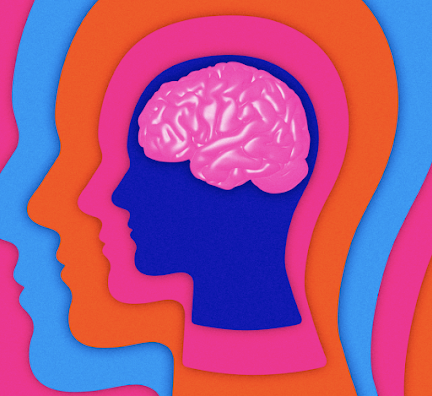DIFFUSION OF IDEAS: TIK TOK
The Diffusion of Innovations is a theory that explores various factors of a technology or innovation
spreading including why, how, logistics, and the speed at which a technology was able to spread. The theory was created by sociologists. According to The Diffusion of Innovations wikipedia page, the four main factors that affect this diffusion are "the innovation itself, communication channels, time, and a social system. This process relies heavily on human capital. The innovation must be widely adopted in order to self-sustain. Within the rate of adoption, there is a point at which an innovation reaches critical mass.
When an innovation reaches critical mass it is at its peak. Next we have to take a look at the "adopters" or the people who join into the technology or innovation. "The categories of adopters are innovators, early adopters, early majority, late majority, and laggards.[2] Diffusion manifests itself in different ways and is highly subject to the type of adopters and innovation-decision process. The criterion for the adopter categorization is innovativeness, defined as the degree to which an individual adopts a new idea."
This means that not everyone accepts and tries a technology immediately, it is dependent on a person's personality, experience, financial situation, location and more. These changes group people into groups of adopters, and then their process is researched and broken down.
Here is the timeline for Diffusion of Innovations:
| Knowledge / Awareness | The individual is first exposed to an innovation, but lacks information about the innovation. During this stage the individual has not yet been inspired to find out more information about the innovation. |
| Persuasion | The individual is interested in the innovation and actively seeks related information/details. |
| Decision | The individual takes the concept of the change and weighs the advantages/disadvantages of using the innovation and decides whether to adopt or reject the innovation. Due to the individualistic nature of this stage, Rogers notes that it is the most difficult stage on which to acquire empirical evidence.[11] |
| Implementation | The individual employs the innovation to a varying degree depending on the situation. During this stage the individual also determines the usefulness of the innovation and may search for further information about it. |
| Confirmation / Continuation | The individual finalizes his/her decision to continue using the innovation. This stage is both intrapersonal (may cause cognitive dissonance) and interpersonal, confirmation the group has made the right decision |
It was created in China, but spread to America and the rest of the world quickly. During the pandemic it was a staple on every teenagers phone. It started as a "music.ly" type of app, but quickly evolved to allow for different types of content to be able to spread throughout the app. Tik Tok caught on and spread quickly for a few reasons: the interface is incredibly user friendly, thusly allowing for people to scroll continuously for hours with ease, different types of content ranging from comedy to cooking are available, and there is an algorithm that tailors the content available to you. The more you use the app, the more it tailors it to you, giving you more favorable content. So many people became early adopters because the pandemic gave them ample free time, some became early adopters because they saw a possible chance to make money, and because popular content creators on Instagram joined and told their followers about it. Some people became late adopters because Tik Tok wasn't available in their country at that time, their parents wouldn't allow them to use it, or because they didn't want to fall into another fad. Some people never adopted Tik Tok (myself included) because of the privacy concerns raised about the app. There are positives and negatives to social media, Tik Tok included. In my opinion, whether the positives outweigh the negatives is based on a case-to-case basis. Social media annihilates a person's ability to maintain anonymity and privacy, but it helps people to make new friends.
It can be a security risk, but it can also connect communities and give people voices. I think that there is no right or wrong answer about whether social media is "good" or "bad". It is neither and it is both. With any new technology you have to take into consideration many factors when deciding it's cost-benefit analysis. Decide if it will genuinely improve your life, and how, and how it can harm it. It's important to be realistic and honest when doing this.





Comments
Post a Comment